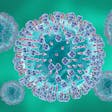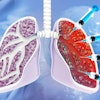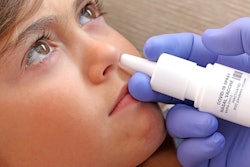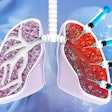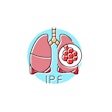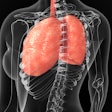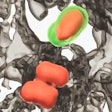
A paper published in Therapeutic Advances in Respiratory Disease reported direct evidence on the benefits of dual therapy in treating idiopathic pulmonary fibrosis (IPF) and pulmonary hypertension (PH). Patients who received pulmonary vasodilator therapy in combination with antifibrotic therapy demonstrated superior transplant-free survival outcomes.
IPF patients are commonly prescribed antifibrotic therapies, such as nintedanib or pirfenidone, to help reduce the rate of functional vital capacity (FVC). The new study, “Antifibrotic Therapy Combined With Pulmonary Vasodilator Therapy May Improve Survival in Patients With Pulmonary Fibrosis and Pulmonary Hypertension: A Retrospective Cohort Study,” evaluated the impact of adding pulmonary vasodilator therapy to this traditional treatment.
The retrospective cohort included 155 adults who had been diagnosed with PF and right-heart catheterization-confirmed PH and sought care between 2011 and 2024. Of the total, 131 patients received only antifibrotic therapy and 24 patients received both antifibrotic and pulmonary vasodilator therapies. Age and demographics between the two groups were similar, although more patients in the dual therapy group were classified with severe PH (50% versus 25.2%).
Researchers compared the cohorts using multivariable Cox regression and found individuals adhering to dual therapy had significantly higher transplant-free survival outcomes compared to single therapy individuals (25.0% versus 2.3%, respectively). The dual therapy group also had a longer transplant-free survival from the time of right-heart catheterization (19.1 months versus 9.4 months).
“We demonstrated that among patients in our cohort with pulmonary fibrosis and PH, those treated with combination therapy with antifibrotics and pulmonary vasodilators may have improved transplant-free survival when compared to those treated with antifibrotic therapy alone, despite the combination therapy group having more severe PH at baseline,” wrote the authors.
The data also showed a trend toward improvement in exercise capacity (measured by six-minute walking distance) among dual therapy patients but did not meet statistical significance. The study also suggested the possibility of a pulmonary vascular phenotype in people who have IPF and PH.
The research group noted that similar studies have received inconsistent results and additional, larger trials are required to validate findings and better explain the potential benefits of combination therapy. Limitations also included many patients in the single therapy cohort underwent lung transplantation — perhaps because of less severe PH, the authors reported — which may have impacted the transplant-free survival rate.

